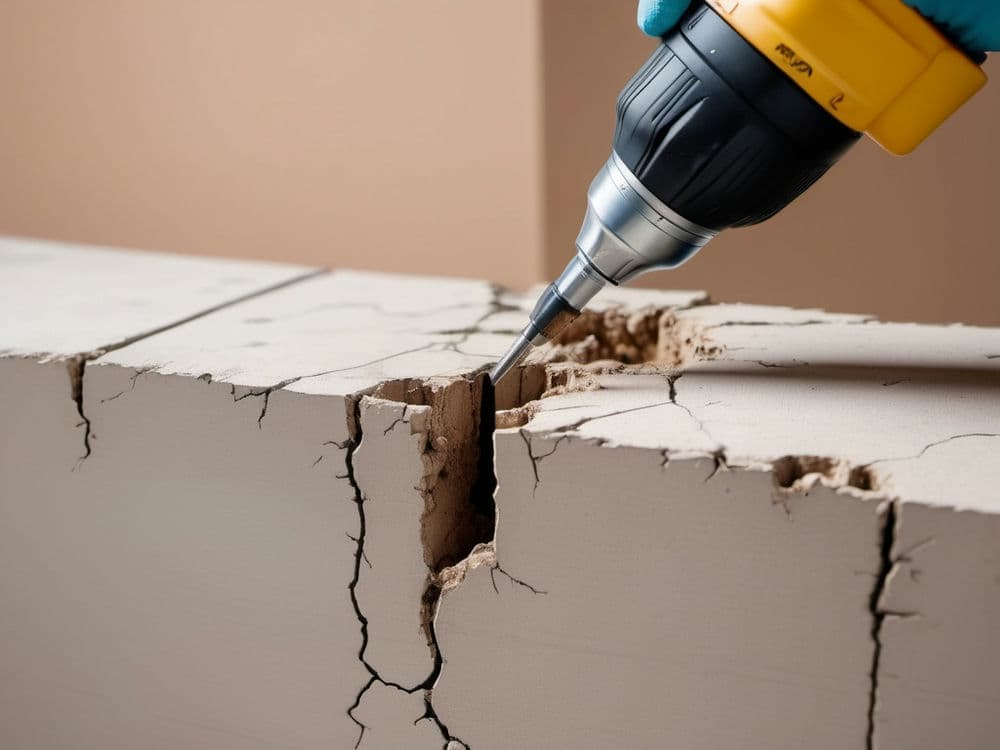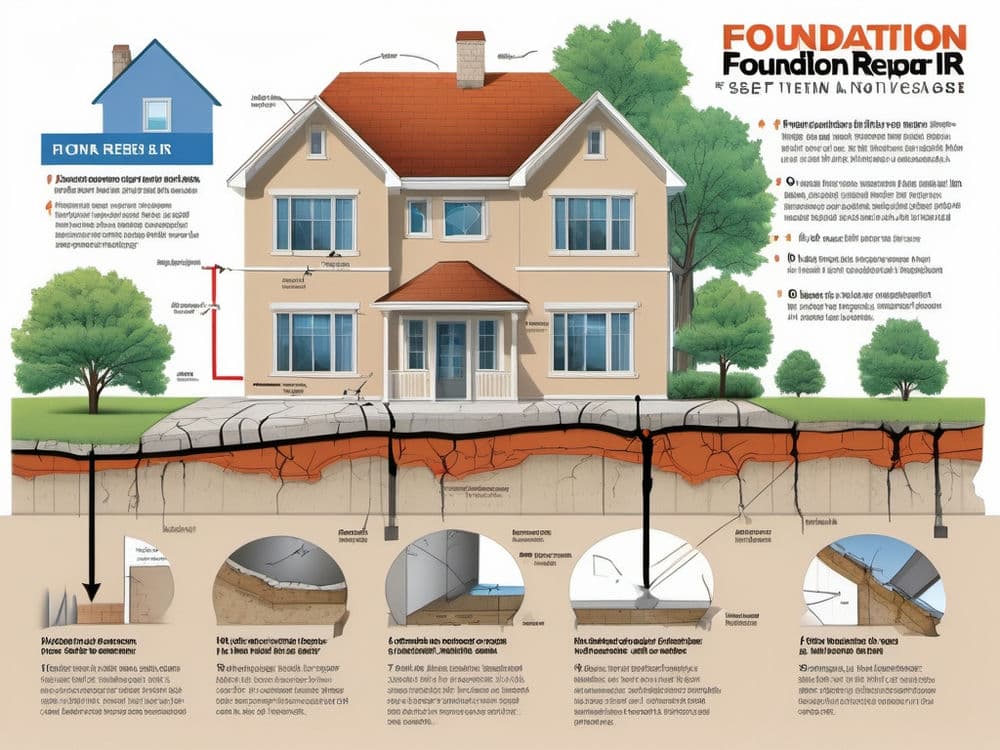

Helical pile installation is a major transformation in foundation engineering providing a cost-effective and efficient solution for commercial and residential structures. This technology, which echoes the fundamentals of geotechnical engineering has revolutionized the method we use to approach foundation stability, particularly when soil conditions are difficult.
The design of helical piles incorporates the mechanics of screw threads and the helix geometry, which makes them ideal for penetrating various soil types.
One of the most important factors in helical pile construction is to achieve the desired load capacity. This is when the relationship between the installation torque and load capacity is crucial. Contemporary torque indicator, such as the Chance Digital Torque Indicator, are a key component in this process, offering accurate measurements and eliminating the uncertainties associated with estimates of pressure in hydraulic systems.
The speed at which the installation takes place is vital, generally ranging between 8 and 16 RPM. This controlled speed will ensure that the pile is moving about 3 inches per revolution, consistent to the helical plate's pitch. If the pile doesn't advance as expected, adjustments like raising downward thrust or adding larger plates for helicals are made to avoid 'spinning out' similar to a screw stripping its threads.
Helical piles can speed up a home renovation National Post
Posted by on 2023-04-25
Multi-scale study of load-bearing mechanism of uplift piles based on model tests and numerical simulations | Scientific ... Nature.com
Posted by on 2023-04-19
Boardwalk Construction Bids Face Legal Challenge | Sandwich News | capenews.net CapeNews.net
Posted by on 2023-03-30
Dundee firm lays foundations for net zero future with new screw pile business Scottish Construction Now
Posted by on 2023-03-22
Saskatchewan engineer temporarily barred from practising following 2018 bridge collapse - constructconnect.com Daily Commercial News
Posted by on 2023-02-27
This innovative solar foundation company just got $40M in funding Electrek
Posted by on 2022-09-20
Remote-controlled Demolition Equipment Solves Challenging Helical Pier Project For Construction Pros
Posted by on 2022-04-05
Getting the Basics Right: Ground Screws vs. Driven Piles Solar Builder Magazine
Posted by on 2022-01-20
The use of helical piles is not limited to new construction, they can be extremely useful in restoration and renovation projects. The minimal impact of installation allows them to be used to support existing structures by offering additional support, without the need for extensive digging or disruption of the structure.
In conclusion, the shift towards helical piles within the construction industry is a result of the necessity for more effective flexible, adaptable, and eco-friendly foundation options. Their quick installation, their adaptability to a variety of soil types, their sustainability and immediate load-bearing capacity make them a compelling choice for a broad range types of projects. While we continually innovate and develop more efficient construction methods, helical piles stand out as a technology that not only meets current needs but also opens ways for the future developments.

Helical piles are extremely versatile and adaptability to a variety of soil kinds and conditions. This adaptability is crucial for areas with difficult soils and high water tables or limited access, which pose challenges to conventional foundation methods. Helical piles can be adapted to meet specific load and soil requirements, making them suitable for everything from small residential buildings to massive commercial structures and infrastructure projects.
Sustainability is a major consideration in modern construction and helical piles perform very well in this regard. They cause minimal disturbance to the soil, thus reducing environmental impact compared to traditional methods. In addition, they are typically constructed with recycled steel, and are completely recyclable and reuseable and thus enhancing their environmental credentials. This aspect is increasingly important as the construction industry shifts towards greener methods of building.
Another significant advantage of helical piles is their immediate load-bearing capacity. After installation, they are able to take on loads in a matter of minutes, avoiding the need for waiting around for the curing of concrete foundations. This feature is particularly useful when construction is fast-paced as well as in instances where speedy stability of buildings is required.
In addition to their core benefits, helical piles come with a range of other advantageous features that further make them more prominent in contemporary construction. These include:
These additional features, coupled with their primary benefits they make the helical piles an extremely versatile and effective foundation choice for a wide range in construction tasks.

In the constantly evolving construction industry Helical piles have emerged as a hidden gem, with strengths that are changing the field. This short article sheds light on the unique advantages of the installation of helical piles, and explains why they are increasingly favored for modern construction projects.
Helical piles also known as screw piles, are a deep foundation option that is distinguished by their spiral-shaped plates attached to a shaft of steel centrally. This design is innovative and permits quick and effective installation, as the piles are actually screwed in the soil. This technique is in sharp contrast to traditional foundation methods, and offers significant advantages.
In addition to the strengths of helical piles, their use in construction projects offers several advantages.
These issues highlight the multiple benefits of making use of Helical piles in highlighting their role in improving sustainability, efficiency, and cost-effectiveness in construction.
